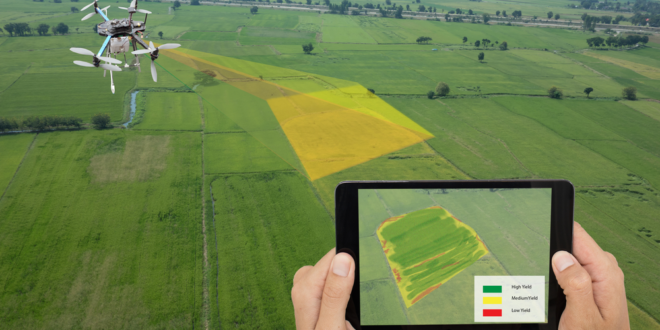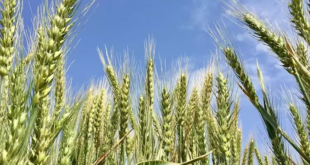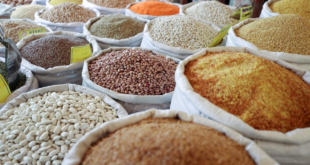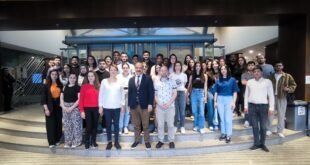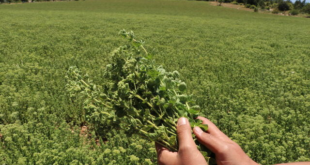The United Nations (UN) has highlighted the decline in “soil biodiversity and productivity.” As we face the challenges of dwindling resources and the threat of food scarcity, one might be tempted to feel overwhelmed. Yet, amidst these challenges lies the solution, emerging from an unexpected place: the digital revolution.
Corporate trailblazers have emerged; those who successfully push boundaries and transform ideas into tangible solutions. Among those who stand out are John Deere (NYSE:DE), ICL Group’s (NYSE:ICL) digital ag startup Agmatix and Precision Planting (owned by AGCO (NYSE: AGCO). Each continues to make significant contributions to global agriculture.
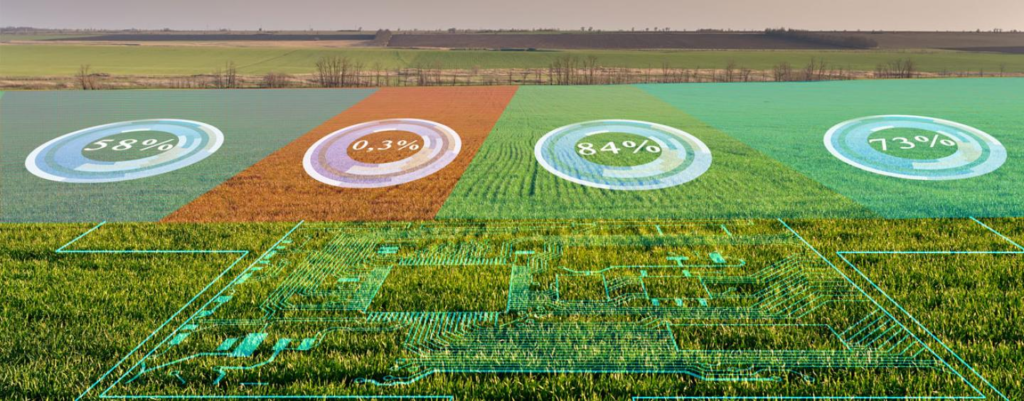
The emergence of cutting-edge agricultural technology is rethinking traditional farming and has revolutionized how farmers approach productivity and environmental stewardship. This suite of tools, commonly known as precision ag or precision farming, is the essence of the creation of a more robust and adaptable agricultural landscape.
The importance of precision agriculture
Essentially, precision agriculture integrates cutting-edge technology and in-depth data analytics to foster efficient, cost-effective and environmentally conscious farming. Its roots trace back to the 1990s when handheld devices enabled farmers to chart soil samples and boundaries while on the move.
The journey from those humble personal digital assistants (PDAs) to today’s sophisticated drones, artificial intelligence (AI) and Internet of Things (IoT) systems is nothing short of revolutionary.
Spotlight on three leading companies in precision agriculture
As the field of precision agriculture continues to advance, a select group of companies have distinguished themselves as true pioneers. Let’s delve into the transformative contributions of three such industry leaders.
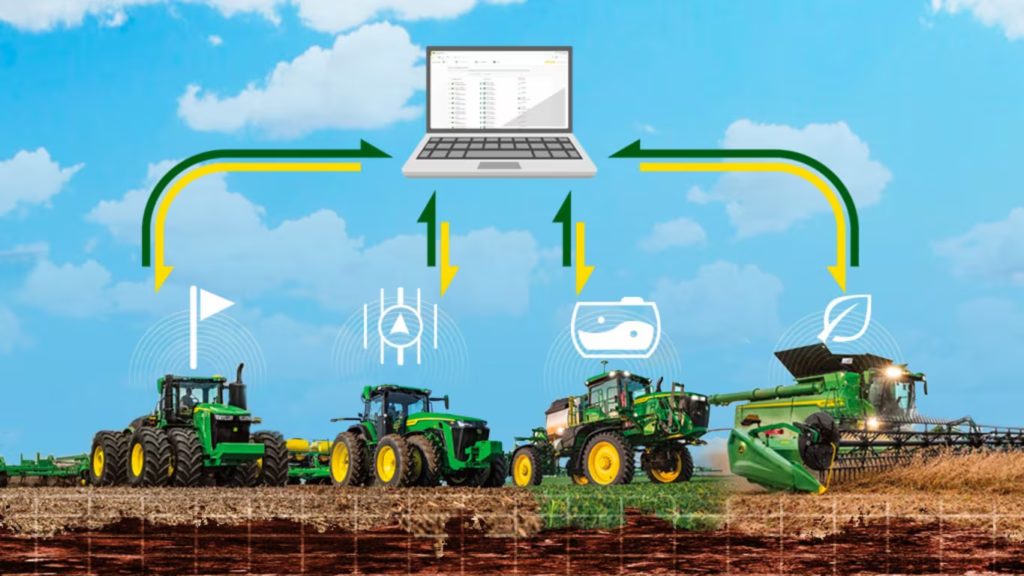
John Deere
Originally known for its iconic green tractors and machinery, John Deere has metamorphosed into a tech-centric entity, always keeping pace with the changing landscape of farming. Their operations center epitomizes this transformation, integrating data analytics, IoT and machine learning to help farmers make evidence-based decisions.
Today, it is no longer only machinery; it’s about seamlessly incorporating technology into every facet of agriculture. John Deere has proven that traditional machinery and modern tech can coexist, creating a paradigm shift in how we perceive farming.
Agmatix (ICL Group’s digital ag startup)
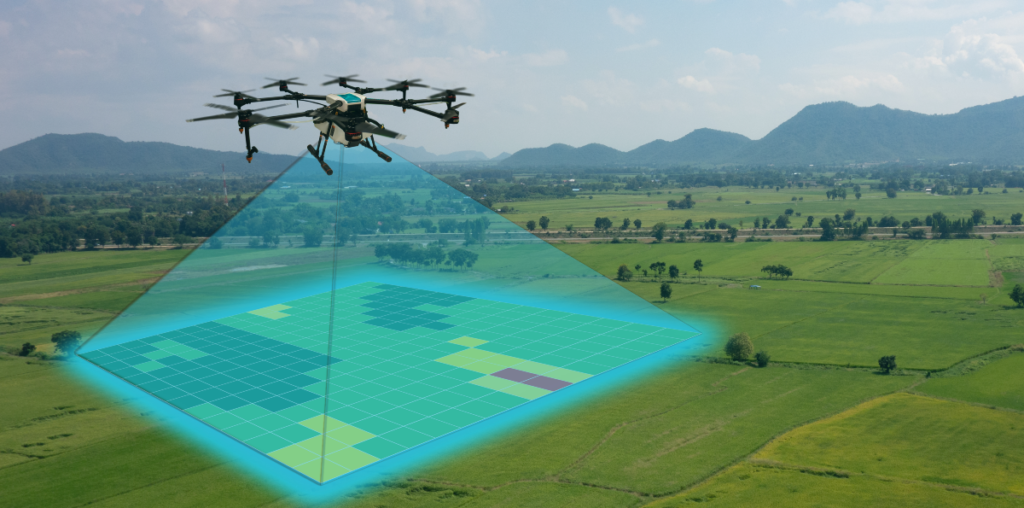
As a cutting-edge agro-informatics company, Agmatix is reshaping the contours of modern agriculture. Agmatix is a startup of ICL Group, which is one of the world’s largest fertilizer manufacturers, and is known for its sustainable solutions for some of the world’s greatest challenges. Agmatix harnesses the power of data analytics to bolster field trials and crop management, synergizing higher crop yields and quality with sustainable practices. Their state-of-the-art platform adeptly aggregates and harmonizes diverse agronomic data, unveiling a holistic picture of farm health and potential. With a focus on both immediate yield optimization and long-term sustainability, Agmatix stands as a pioneering force in the precision agriculture landscape.
AGCO’s Precision Planting

As the name suggests, Precision Planting has positioned itself at the nexus of traditional agronomy and technological advancement. The company has unveiled a slew of revolutionary products, which have dramatically altered the trajectory of planting. By consistently challenging the status quo and looking for ways to enhance precision and efficiency, Precision Planting is setting the blueprint for the future of agricultural innovation.
Technologies driving precision agriculture
Precision agriculture stands at the confluence of traditional farming practices and the latest technological innovations. Dive with us into the heart of these groundbreaking technologies, reshaping the farming narratives of the 21st century.
Satellite imagery and remote sensing
Once a futuristic dream, today, satellite imagery and remote sensing have become indispensable allies to modern farmers. These technologies provide a bird’s-eye view of vast agricultural landscapes, delivering real-time and detailed snapshots of crop health, soil moisture levels and the overall vitality of fields. The data extracted from these systems helps in making informed decisions on planting, irrigation and harvest timings, transforming the unpredictable nature of farming into a more science-driven endeavor.
Soil and crop sensors
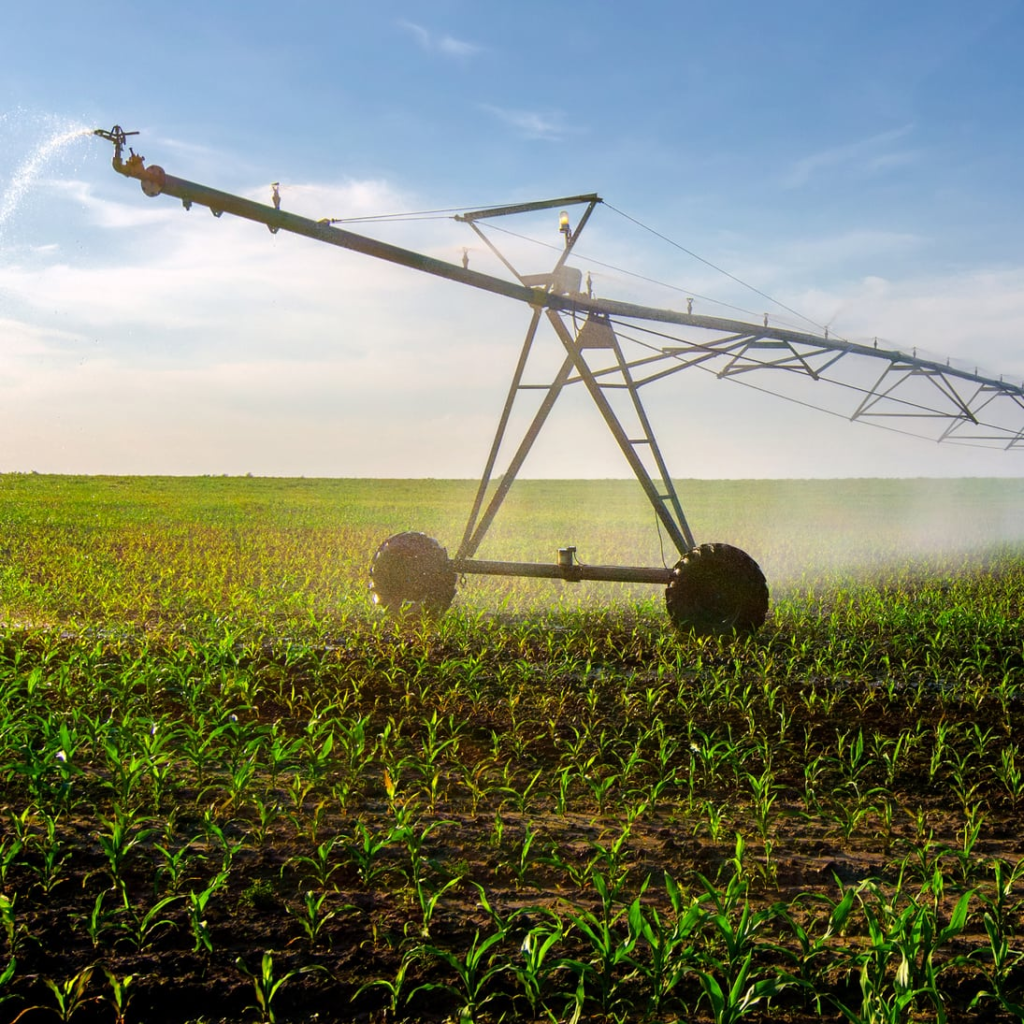
Soil and crop sensors provide farmers with a continuous stream of information, measuring everything from nutrient richness to moisture content. It’s not just about numbers and data; these sensors tell a story of the soil’s health and the challenges it may face. This allows farmers to respond with precision, ensuring crops get exactly what they need. In an era of technological advancements, these sensors harmoniously blend the age-old art of farming with modern science.
Geographic information systems
Much like a cartographer crafting a detailed map, geographic information systems (GIS) have transformed how farmers perceive their landscapes. With GIS, every nuance of the land, from contours to drainage patterns, is captured in detail. Mapping out fields in detail helps farmers understand their terrain better. Armed with this deep understanding, farmers can shape their fields’ futures with foresight and precision.
Automated machinery and robotics
The advent of automated machinery and robotics in agriculture has set the stage for a seismic shift, catapulting traditional farming into the future. We now see self-driving tractors navigating fields with GPS-guided precision and automated irrigation systems distributing water in a perfectly calibrated manner. These innovations are intelligent systems capable of adapting to changing conditions, optimizing resource use and significantly reducing the margin of human error.
Big data analytics

In the age of information, big data analytics has emerged as the oracle for modern agriculture, providing insights gleaned from seemingly incomprehensible volumes of data. It’s not just about crunching numbers; this technology weaves together disparate threads of information — from weather patterns to crop yields, from market demands to soil health — and synthesizes them into actionable insights. With predictive algorithms and machine learning, big data analytics can forecast trends, identify potential pitfalls and even recommend precise interventions for maximizing crop yields.
The future of precision agriculture
While today’s tools are impressive, the horizon of precision agriculture promises even more. Interdisciplinary collaboration will be crucial: tech giants collaborating with researchers, agronomists and farmers, merging the worlds of silicon and soil. As challenges grow, so will innovations, fortifying global food security and sustainability.
Conclusion
Precision agriculture is more than a fleeting trend; it’s the future. With companies like John Deere, ICL Group’s Agmatix and AGCO’s Precision Planting at the helm, the union of bytes and seeds promises a brighter, more sustainable tomorrow. As we tread this exciting juncture, one thing stands clear: farming’s future is technologically brilliant, and we are just getting started.

By Jacobo Weizenblut,
www.agrilinks.org
 THE GLOBAL WINDOW OF TURKISH FOOD AND AGRICULTURE The Global Window of Turkish Food and Agriculture Sector
THE GLOBAL WINDOW OF TURKISH FOOD AND AGRICULTURE The Global Window of Turkish Food and Agriculture Sector


